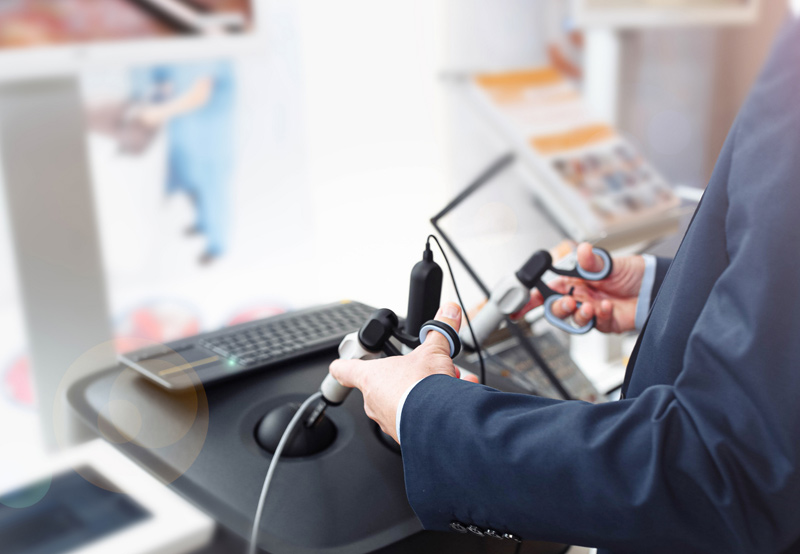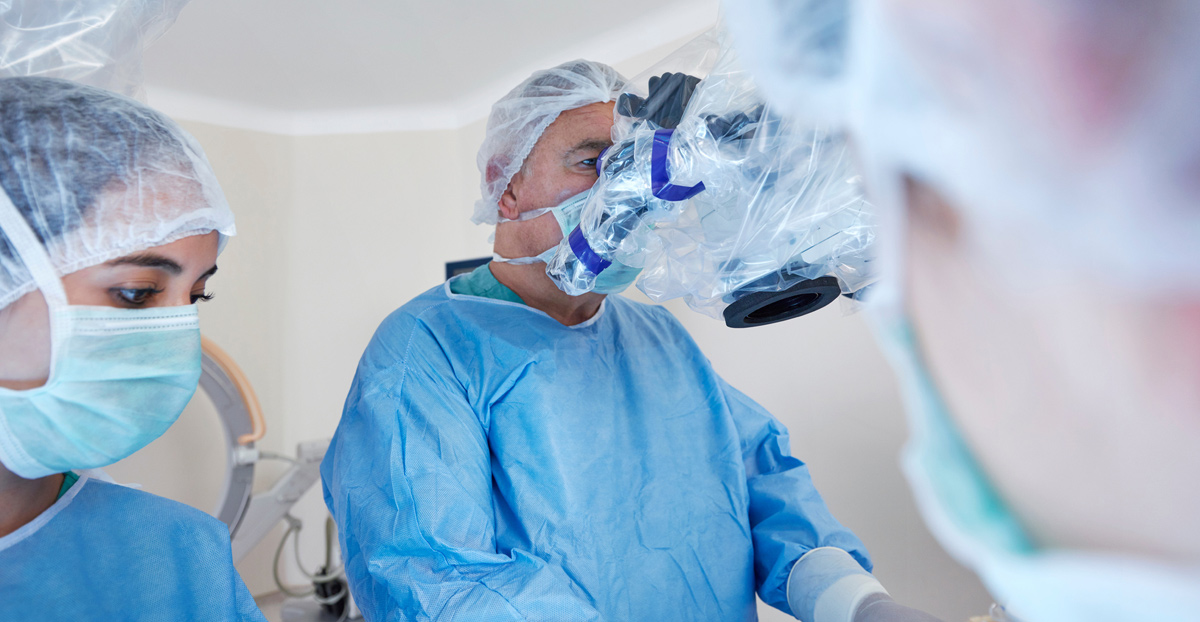

Robotic surgery has become the standard of excellence for surgical operations in healthcare. Across the world, surgeons are adopting the latest technological advances in medicine and surgery to improve the quality, accuracy and outcomes of a variety of procedures. Today’s advances draw from research spanning many decades and the development of numerous groundbreaking robotic systems.
A Brief History of Robotic Surgery
The idea of robots emerged in 1921 when Czech Playwright Karl Capek wrote a play titled Rossum’s Universal Robots and defined the term ‘robot’ for the first time. Since then, robotic systems have been implemented across many industries, including healthcare.
Early robotic procedures in healthcare included a neurosurgical biopsy and a transurethral resection of the prostate, both performed using the PUMA 560 robotic system. Once the ROBODOC system, an active robotic system designed to improve the accuracy of hip replacement surgery, received formal FDA approval, it was adopted by surgeons in Europe and in the US, with robotic procedures being undertaken as early as 1992.
The US military became interested in exploring the potential of using surgeons (away from the battlefield) and robots to reduce the mortality rate of active duty personnel serving in fields of conflict. Researchers involved with the Ames Research Centre at NASA helped lay the groundwork for an advanced robotics system called ZEUS. Around the same time, the SRI Green Telepresence system was released and later renamed the da Vinci® system.

The ZEUS and da Vinci systems were at the forefront of robotic surgery for about a decade, each outperforming the other with advancements in minimally invasive surgery. The da Vinci platform eventually became the leading robotic system, thanks to its unique three-to-four arm setup and the development of a wrist with seven degrees of freedom.
How it Works
Today, there are three main types of robotic systems used in surgery: active, semi-active and master-slave.
Active systems are autonomous but remain under the control of the operative surgeon. Examples of active robotic systems include PROBOT and ROBODOC.
Semi-active systems allow the surgeon to complement the pre-programmed elements of the system.
Master-slave systems are completely dependent on the surgeon. The da Vinci system is the most commonly used master-slave robotic surgery system today, able to assist surgeons in performing many different surgeries.
During an operation, the surgeon’s hand movements are transmitted to the laparoscopic surgical instruments, which are then reproduced directly within the patient’s body. The da Vinci system also delivers highly magnified, 3D high-definition views of the surgical area.
The da Vinci system is comprised of three components: the surgeon console, the patient cart, and the vision cart. The surgeon sits at the console and controls the instruments while viewing the patient’s body in 3D high-definition. The patient cart stands next to the patient’s bed and holds the camera and instruments controlled by the surgeon. The vision cart enables communication between the different components and supports the 3D high-definition vision system.
The Benefits of Robotic Surgery
Minimally invasive robotic surgery offers many advantages over traditional surgery:
- Quicker recovery
- Less incisional pain
- Less blood loss
- Smaller, less visible scars
The Risks
There are some risks in robotic surgery, such as infection and other complications related to the particular surgery. Patients should speak to their doctor to find out if robotic surgery is an option for them.
